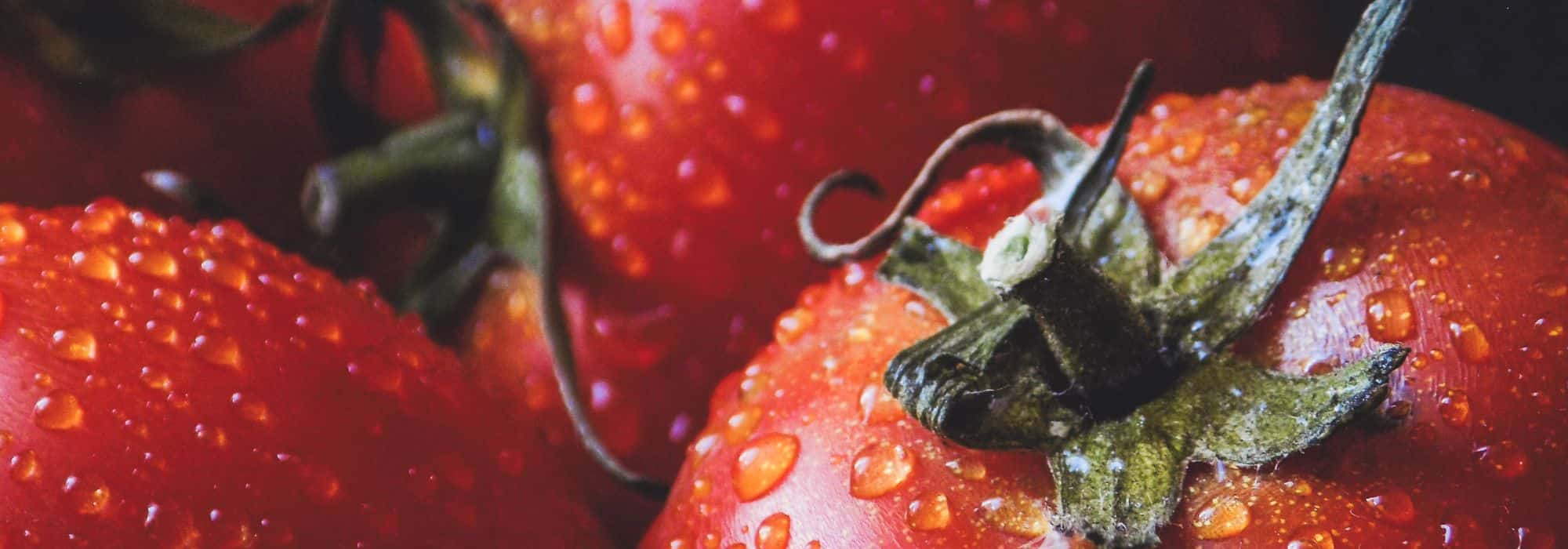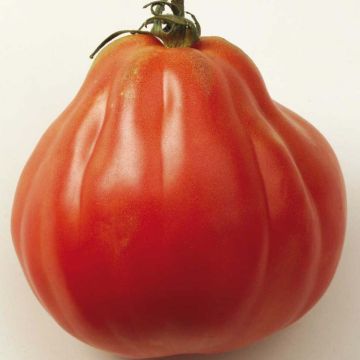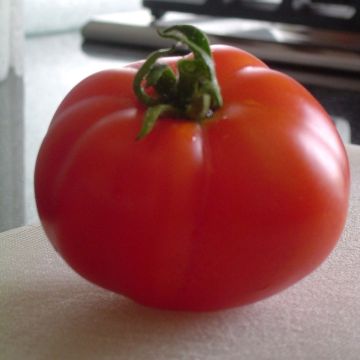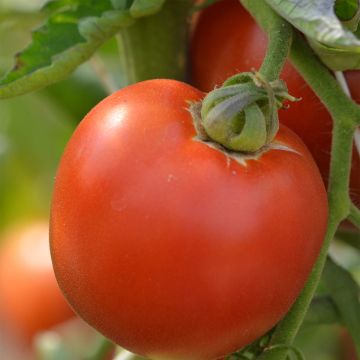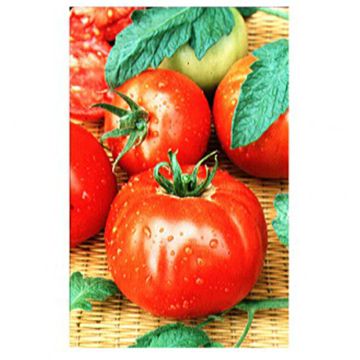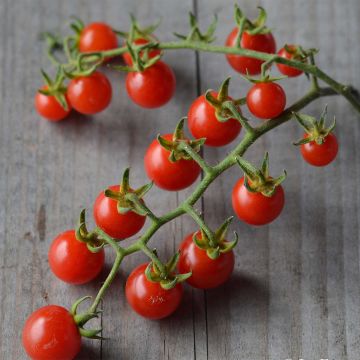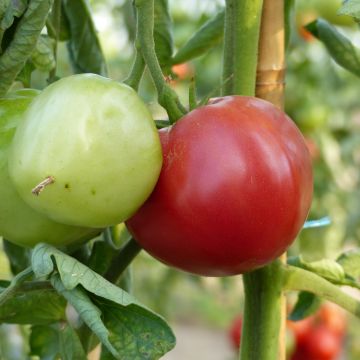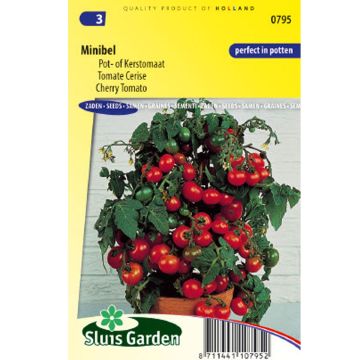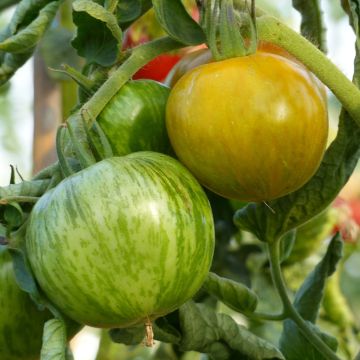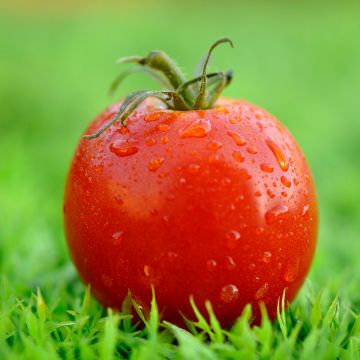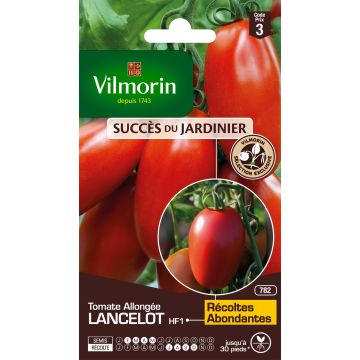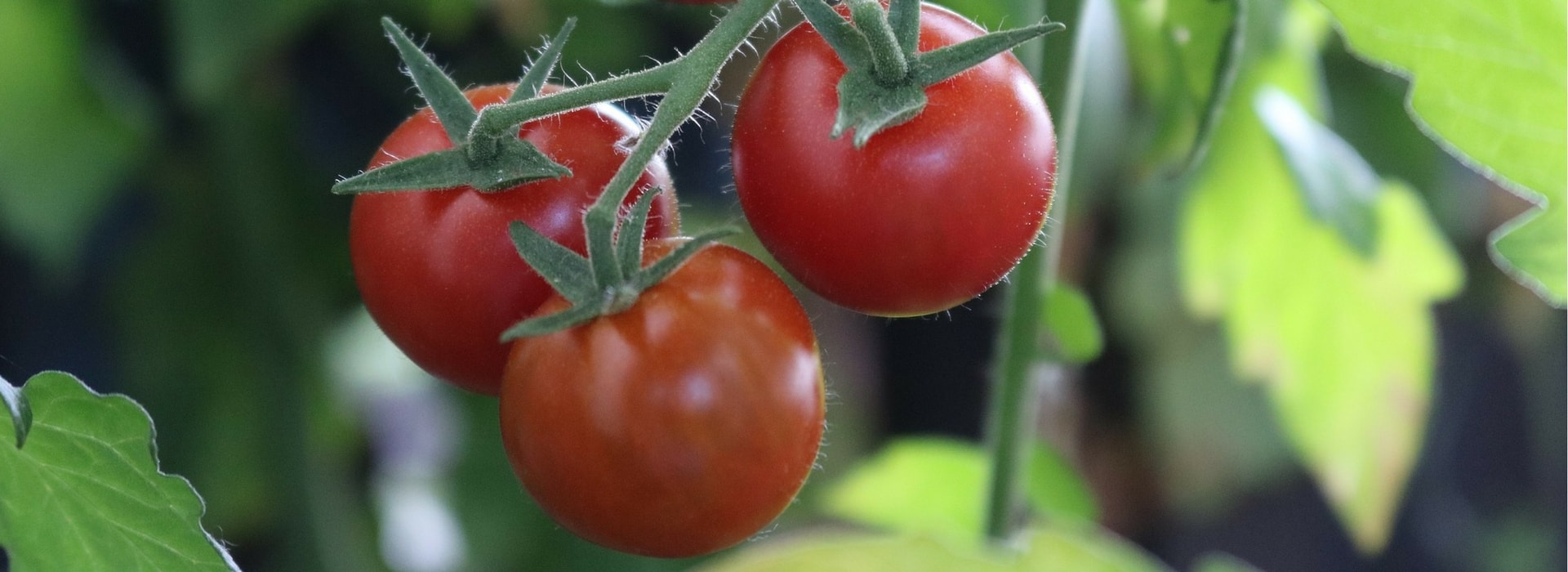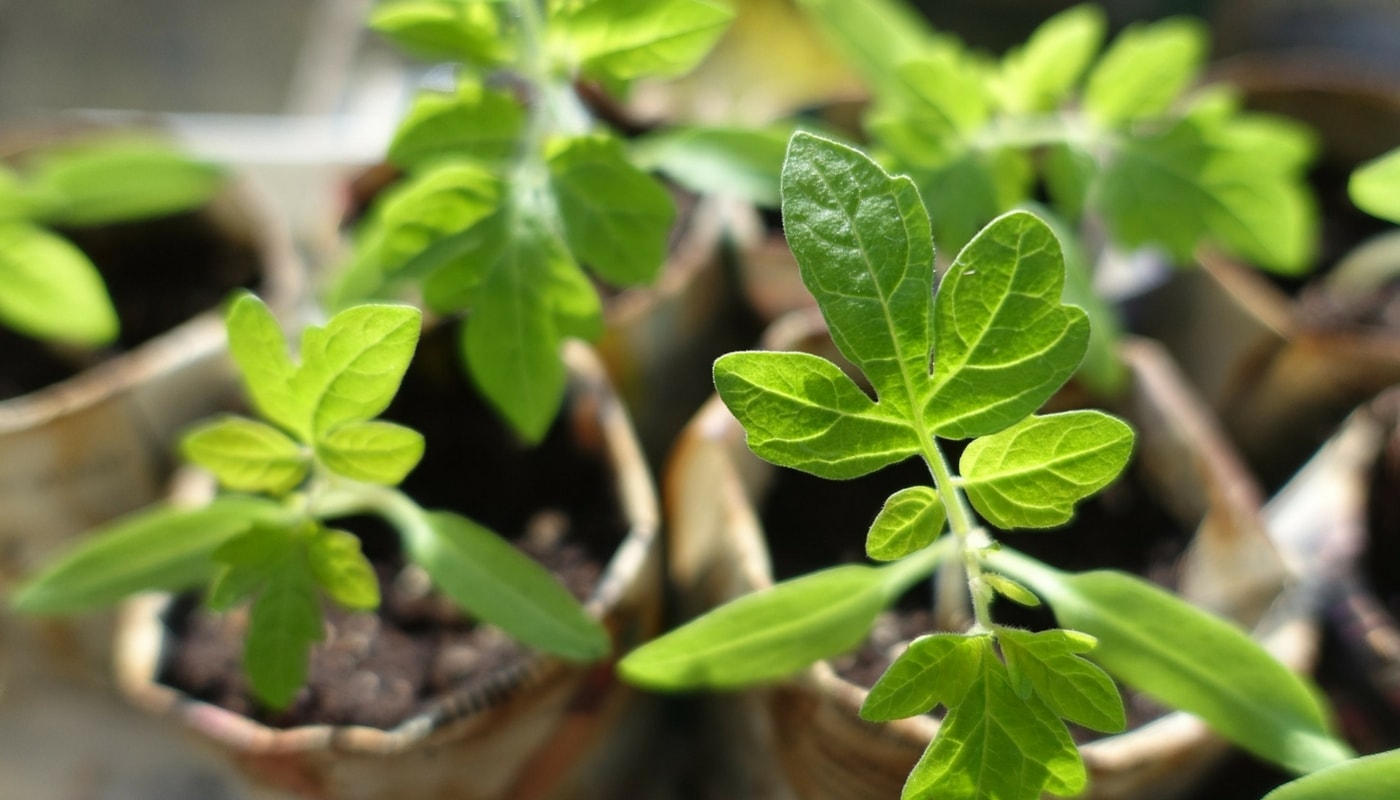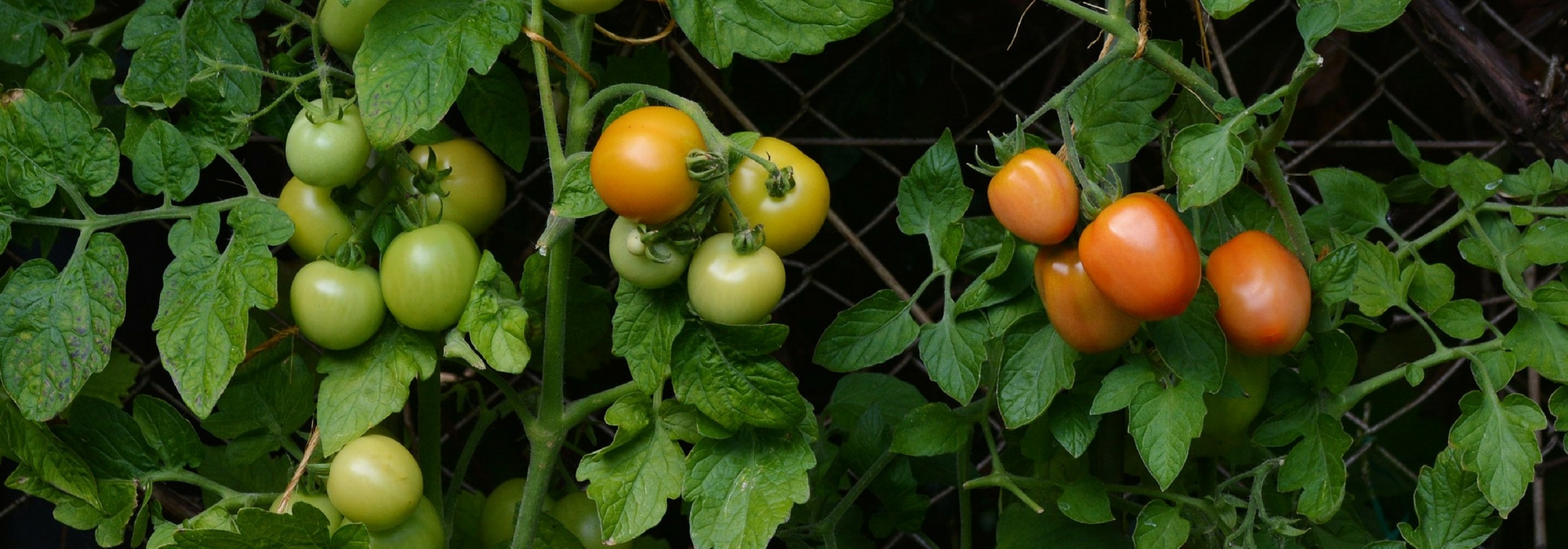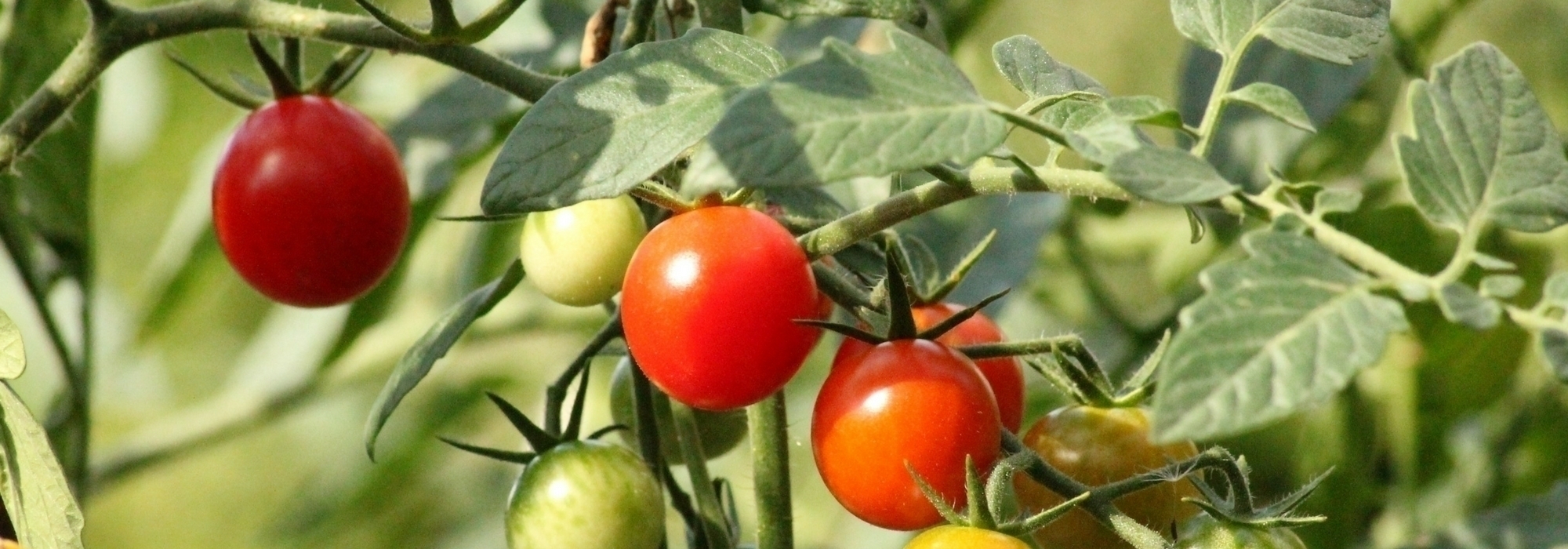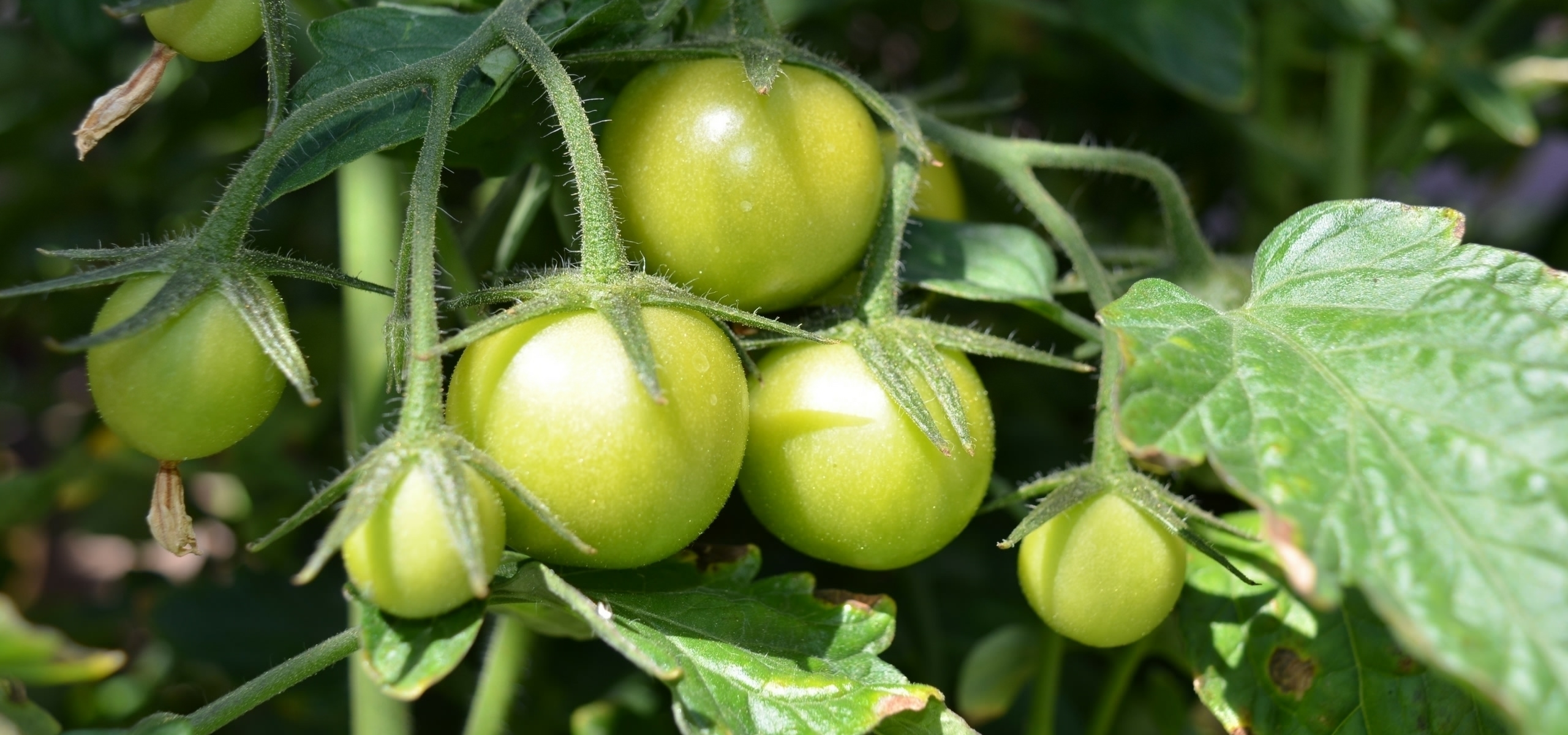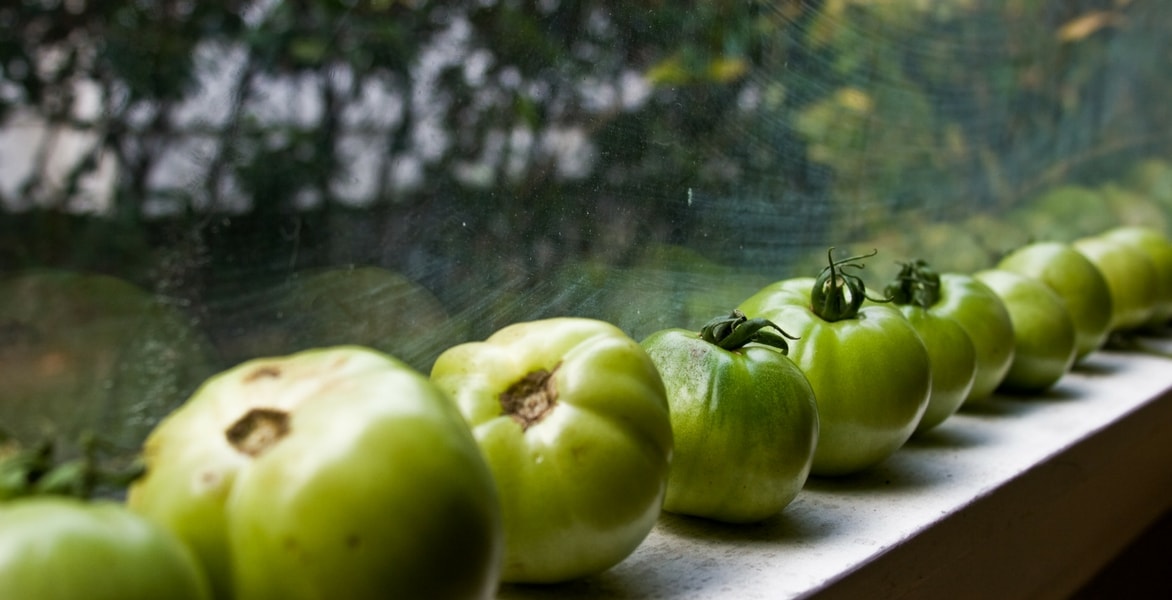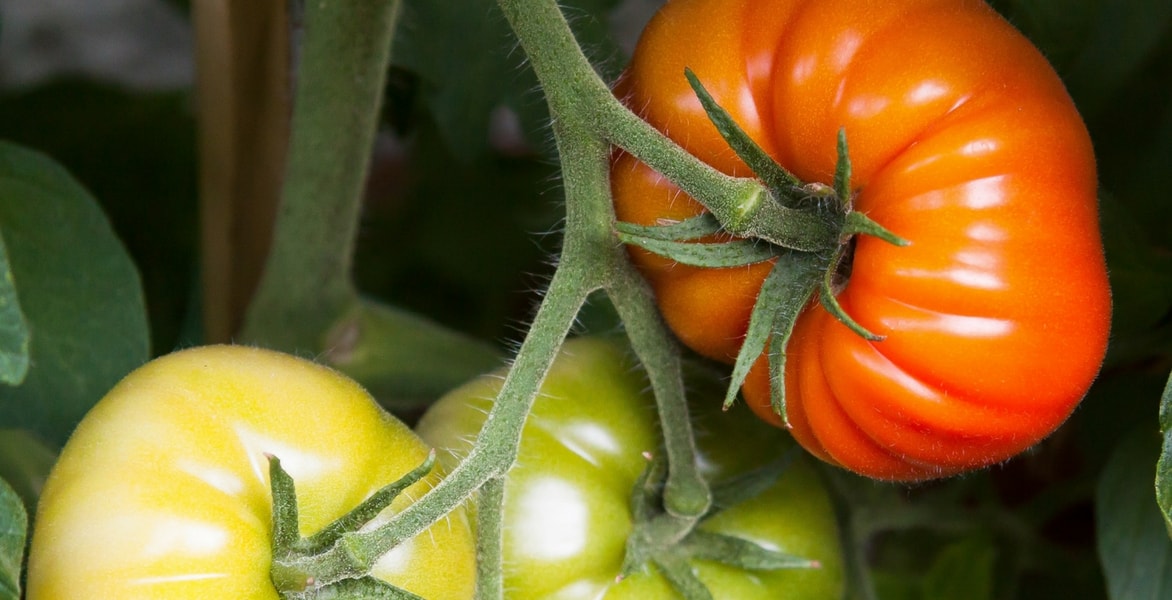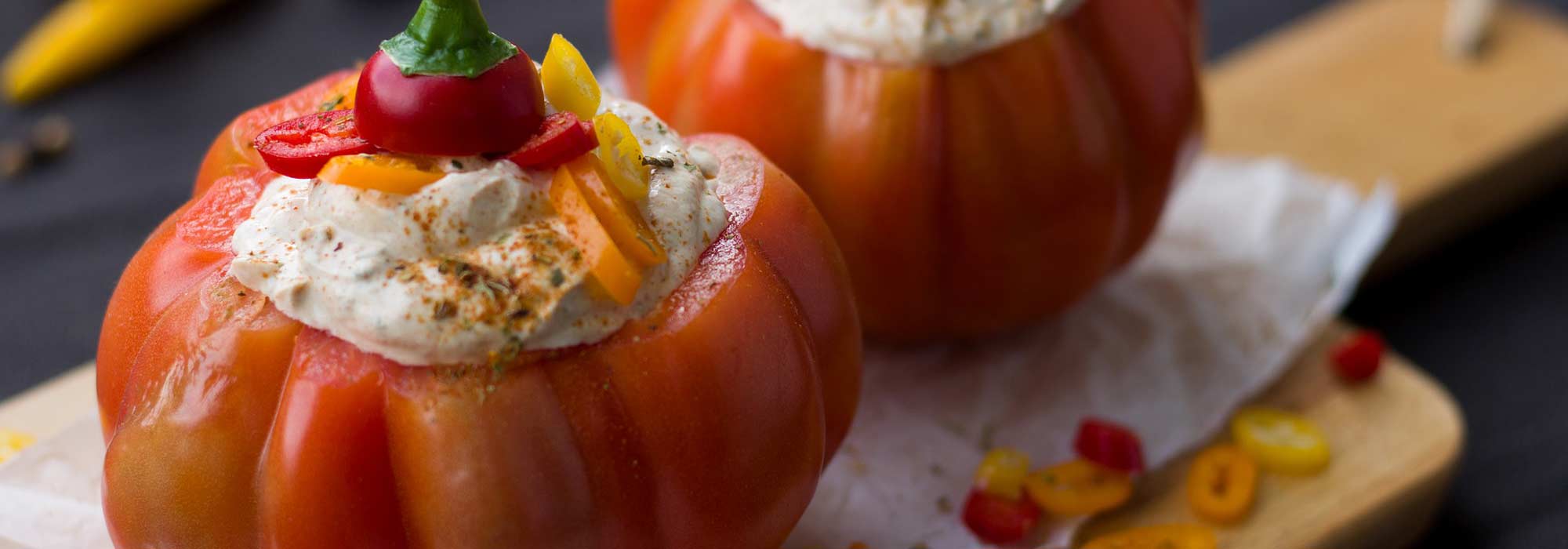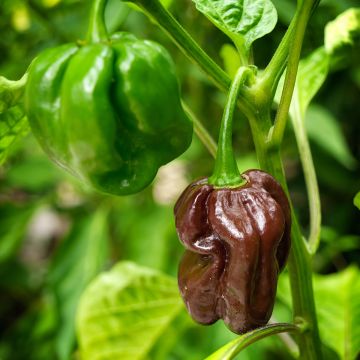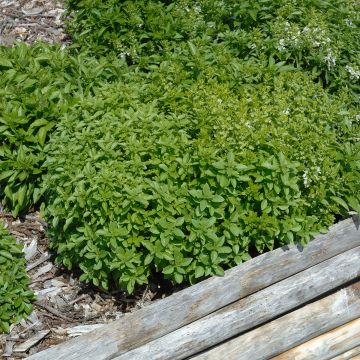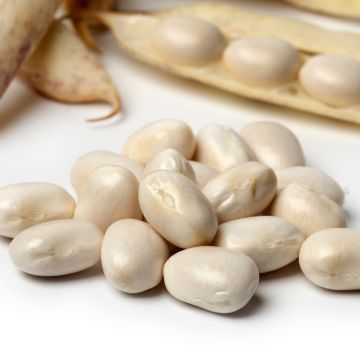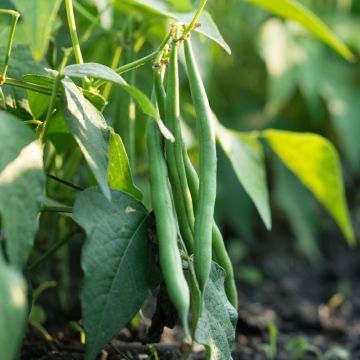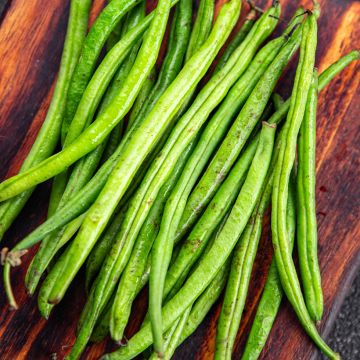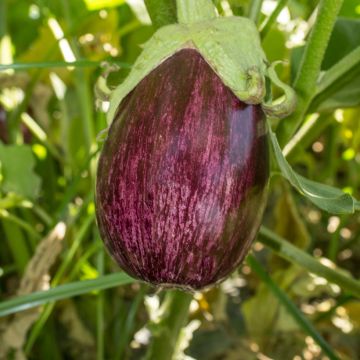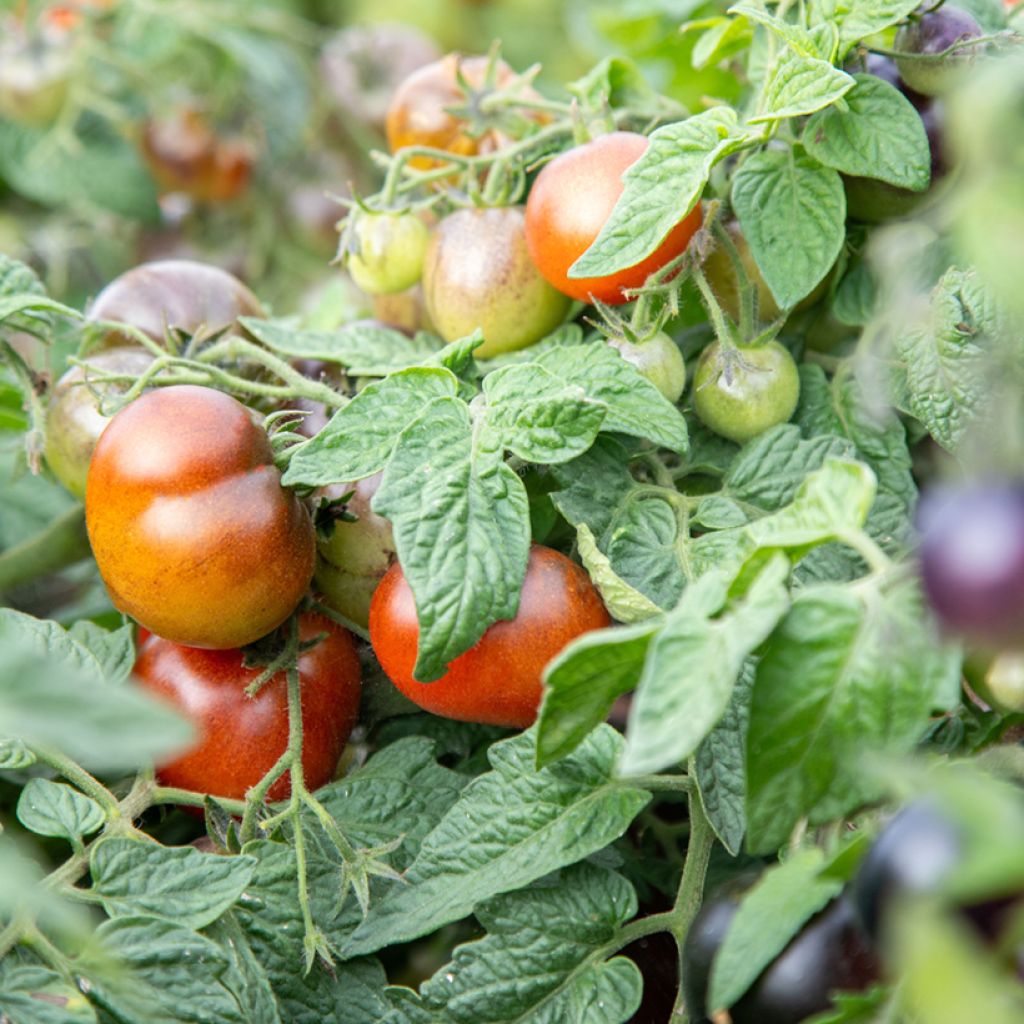

Solanum lycopersicum Akoya F1 seeds - cherry tomato
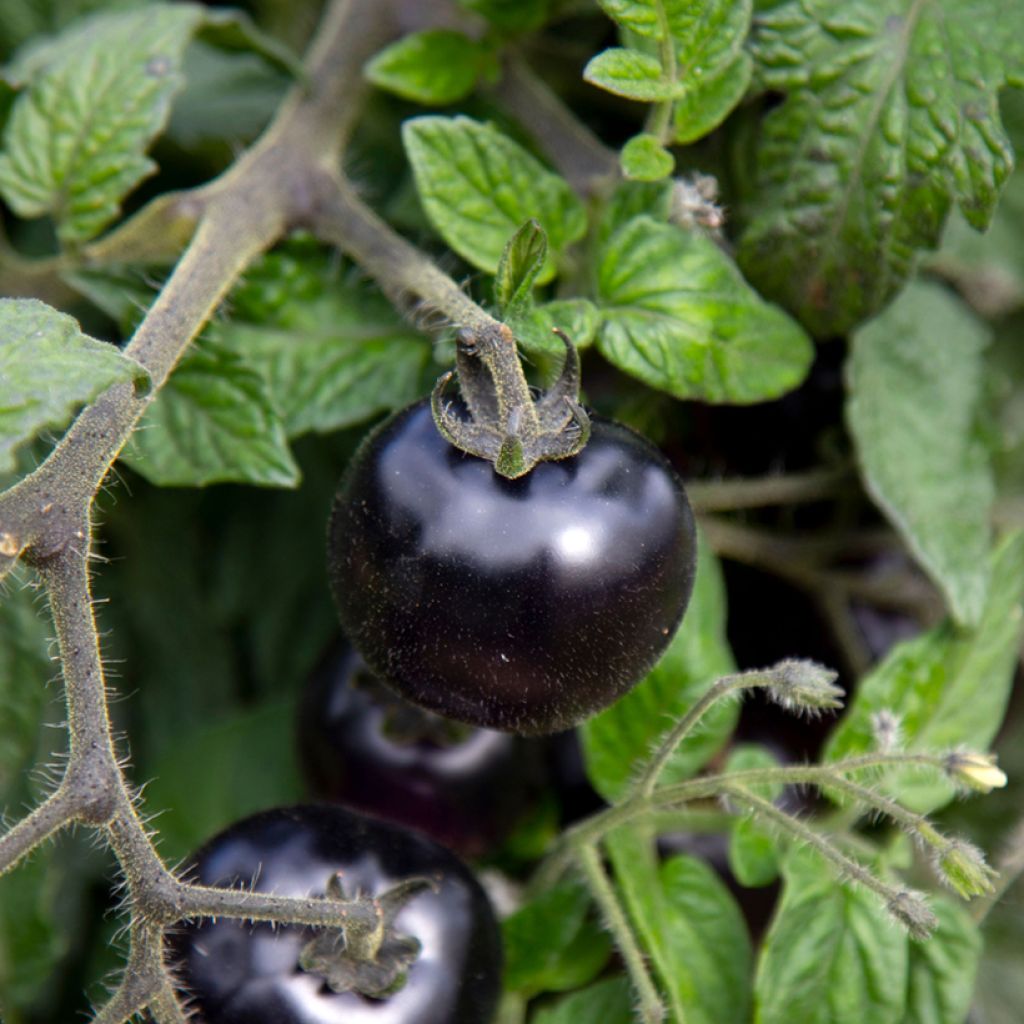

Solanum lycopersicum Akoya F1 seeds - cherry tomato
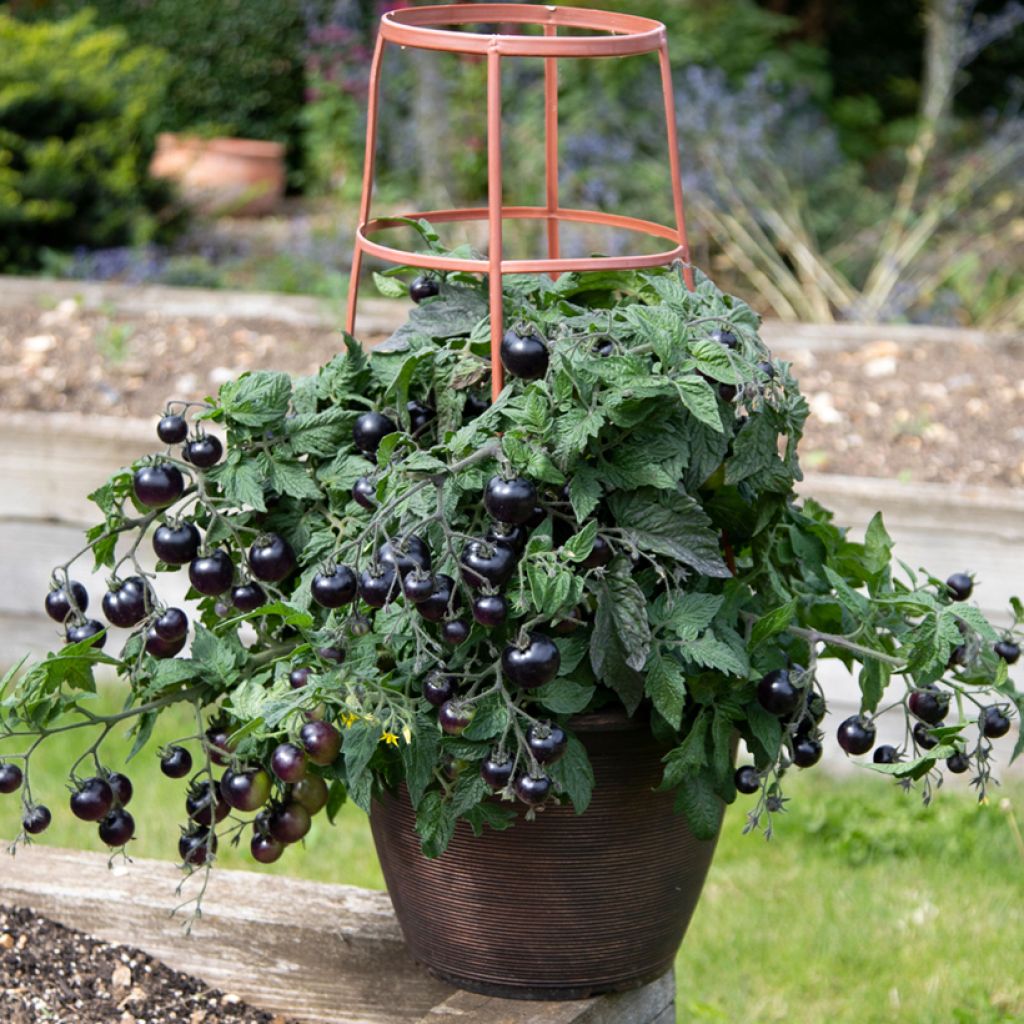

Solanum lycopersicum Akoya F1 seeds - cherry tomato
Solanum lycopersicum Akoya F1 seeds - cherry tomato
Solanum lycopersicum Akoya F1
Pomme d'or, Pomme d'amour, Pomme du Pérou, Pêche de loup, Tomate Cerise, Tomate Cocktail
Special offer!
Receive a €20 voucher for any order over €90 (excluding delivery costs, credit notes, and plastic-free options)!
1- Add your favorite plants to your cart.
2- Once you have reached €90, confirm your order (you can even choose the delivery date!).
3- As soon as your order is shipped, you will receive an email containing your voucher code, valid for 3 months (90 days).
Your voucher is unique and can only be used once, for any order with a minimum value of €20, excluding delivery costs.
Can be combined with other current offers, non-divisible and non-refundable.
Home or relay delivery (depending on size and destination)
Schedule delivery date,
and select date in basket
This plant carries a 6 months recovery warranty
More information
We guarantee the quality of our plants for a full growing cycle, and will replace at our expense any plant that fails to recover under normal climatic and planting conditions.
Description
The Akoya F1 Tomato is a hybrid variety particularly suitable for pot culture, and even for hanging baskets. With its slightly purplish dark green foliage and its clusters of small bicolored fruits, this tomato is as decorative as it is delicious. This variety is also known for its disease resistance, especially to mildew, making it easy to grow. Sow from February to April in a warm environment, for a harvest spread from July to October.
The Akoya F1 Tomato forms a low, wide, compact bush, reaching a height of around 30 cm with a width of 45 cm. Its leaves are broad, dark green with purple highlights, offering a nice contrast with the fruits, which gradually change from green to black before reaching their full ripeness in a bright orange or reddish-orange tone. The round fruits weigh between 20 and 30 g. They are perfect for salads or for snacking. This hybrid tomato shows good tolerance to mildew and other common tomato diseases while offering high yields. The first clusters are harvested only 65 days after sowing, in temperatures of 18 to 21°C.
The Tomato is a perennial herbaceous plant in tropical climates, but it is grown as an annual in our cold winters. It turns woody over time and produces small insignificant yellow flowers clustered in cymes that will turn into fruits. Tomatoes are grown in open ground, but can also be grown in a container on a balcony, choosing varieties with small growth.
Its fruit is very pretty and pleasantly colours the vegetable garden. It also has many nutritional benefits. Low in calories like most vegetables and rich in water, it contains a very interesting molecule: lycopene, a powerful antioxidant. And the longer the tomato is cooked, the more of it becomes available. It also stands out for its richness in vitamin C, provitamin A, and trace elements.
Harvest the Akoya F1 Tomato from July to October. Its fruits are tasty and sweet, well-suited for eating raw in salads, but also as a colourful garnish for appetisers. This variety is easy to grow, even for novice or urban gardeners. To optimise space, you can grow it with plants such as basil, dwarf pepper 'Redskin F1', or aubergine 'Little Fingers'.
NB: This variety is designated as F1 for "hybrid F1" because it is a variety resulting from the cross-breeding of carefully selected parents to combine their qualities. This results in a variety that can be particularly flavourful and/or early while being resistant to certain diseases. Sometimes criticised or wrongly associated with GMOs, F1 hybrid seeds are interesting both for their uniformity and resistance, but unfortunately, their qualities do not pass on to subsequent generations: it will therefore not be possible to recover the seeds for later sowing.
Storage: Tomatoes with high water content do not keep well. They can be kept for a few days in the vegetable compartment of your refrigerator or spread out in the open air. To keep them longer, consider culinary methods such as tomato confit, sun-dried tomatoes, sauces, freezing, preserves, jams, or juices.
When transplanting, you can bury the plant up to the first leaves. This will stimulate the root system, ensuring a bountiful fruit harvest.
Winning combinations in the garden are often the same on the plate, so tomatoes and basil go well together.
Tip: Do not water your tomato plants with cold tap water; the water should be at least at room temperature. Also, avoid wetting the foliage during watering, as it may lead to the development of fungal diseases.
Solanum lycopersicum Akoya F1 seeds - cherry tomato in pictures
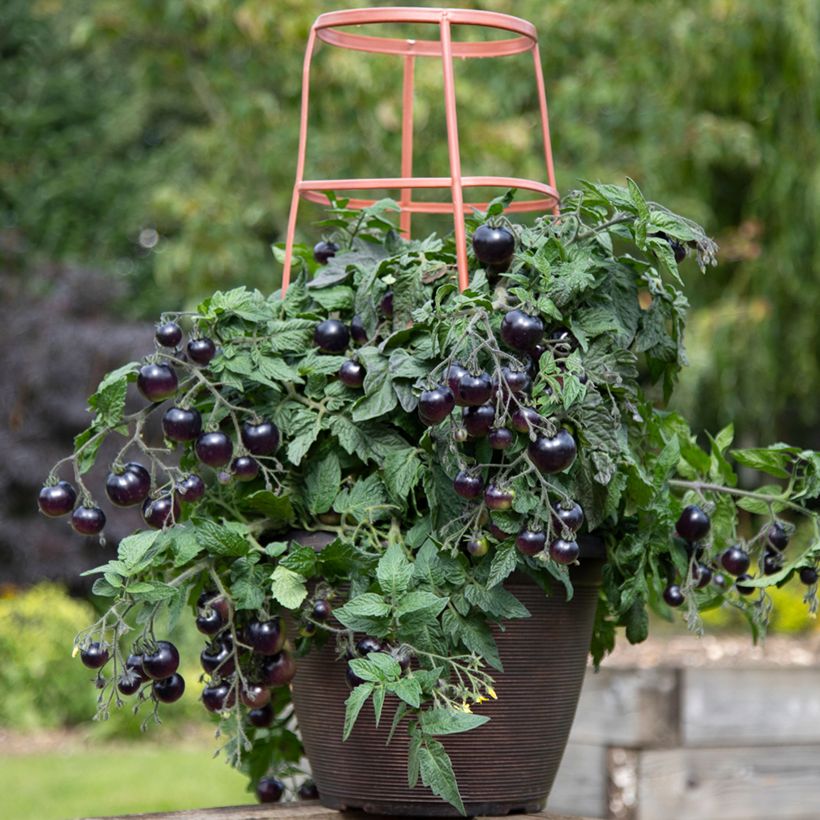

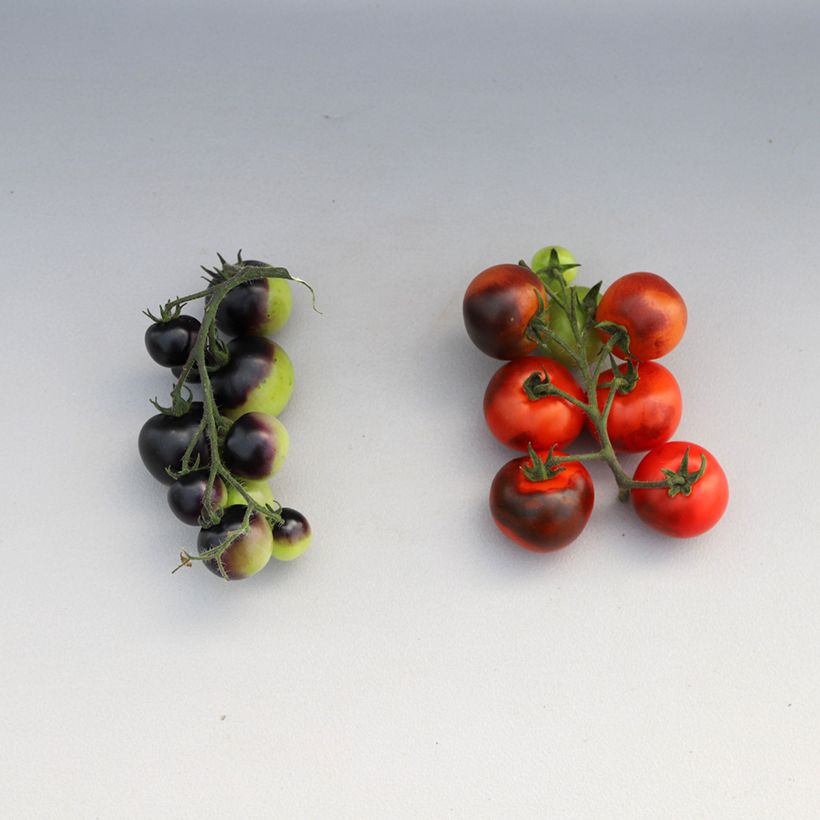

Harvest
Plant habit
Foliage
Botanical data
Solanum
lycopersicum
Akoya F1
Solanaceae
Pomme d'or, Pomme d'amour, Pomme du Pérou, Pêche de loup, Tomate Cerise, Tomate Cocktail
Cultivar or hybrid
Annual
Other Tomato seeds
View all →Planting and care
Soil preparation: 'Akoya' tomato plants are easy to grow. Sunlight and warmth play a crucial role in their success. They can thrive in any type of soil, although they prefer rich and well-draining soil. You can enhance the substrate with a bit of sand if it is too compact.
Sowing under glass: from mid-February to May, sow indoors or in a heated greenhouse in trays at around 20°C. Bury the seeds under 5 to 7 mm of seed compost, as they require darkness to germinate. Do not use fertiliser at this initial stage, as you may risk burning the future roots. Tomato plants grow very quickly: tomato seeds typically sprout within two weeks. Do not discard a tray if no sprouting has occurred during this period, as some varieties are slow to germinate. When the plants have reached about fifteen cm, consider transplanting.
Transplanting in open ground: once the risk of frost has passed, usually after mid-May, transplant your plants into open ground. Choose the sunniest and warmest spots in the garden. At the base of a south-facing wall is an ideal position. Loosen the soil and dig a hole at least 3 to 4 times the volume of the root system of your plant. Add some well-rotted compost at the bottom. Plant your young plant, which can be buried up to the first leaves, then backfill. Firm the soil, create a basin around the plant, then water generously. Be careful not to wet the leaves to protect your plants from fungal diseases.
Maintenance: placing mulch at the base of your plants helps retain some moisture and avoids the need for weeding. Tomato plants do not require a lot of watering, as their root system delves deep to find available resources. Water generously only in case of prolonged drought.
Seedlings
Care
Intended location
Planting & care advice
This item has not been reviewed yet - be the first to leave a review about it.
Similar products
Haven't found what you were looking for?
Hardiness is the lowest winter temperature a plant can endure without suffering serious damage or even dying. However, hardiness is affected by location (a sheltered area, such as a patio), protection (winter cover) and soil type (hardiness is improved by well-drained soil).

Photo Sharing Terms & Conditions
In order to encourage gardeners to interact and share their experiences, Promesse de fleurs offers various media enabling content to be uploaded onto its Site - in particular via the ‘Photo sharing’ module.
The User agrees to refrain from:
- Posting any content that is illegal, prejudicial, insulting, racist, inciteful to hatred, revisionist, contrary to public decency, that infringes on privacy or on the privacy rights of third parties, in particular the publicity rights of persons and goods, intellectual property rights, or the right to privacy.
- Submitting content on behalf of a third party;
- Impersonate the identity of a third party and/or publish any personal information about a third party;
In general, the User undertakes to refrain from any unethical behaviour.
All Content (in particular text, comments, files, images, photos, videos, creative works, etc.), which may be subject to property or intellectual property rights, image or other private rights, shall remain the property of the User, subject to the limited rights granted by the terms of the licence granted by Promesse de fleurs as stated below. Users are at liberty to publish or not to publish such Content on the Site, notably via the ‘Photo Sharing’ facility, and accept that this Content shall be made public and freely accessible, notably on the Internet.
Users further acknowledge, undertake to have ,and guarantee that they hold all necessary rights and permissions to publish such material on the Site, in particular with regard to the legislation in force pertaining to any privacy, property, intellectual property, image, or contractual rights, or rights of any other nature. By publishing such Content on the Site, Users acknowledge accepting full liability as publishers of the Content within the meaning of the law, and grant Promesse de fleurs, free of charge, an inclusive, worldwide licence for the said Content for the entire duration of its publication, including all reproduction, representation, up/downloading, displaying, performing, transmission, and storage rights.
Users also grant permission for their name to be linked to the Content and accept that this link may not always be made available.
By engaging in posting material, Users consent to their Content becoming automatically accessible on the Internet, in particular on other sites and/or blogs and/or web pages of the Promesse de fleurs site, including in particular social pages and the Promesse de fleurs catalogue.
Users may secure the removal of entrusted content free of charge by issuing a simple request via our contact form.
The flowering period indicated on our website applies to countries and regions located in USDA zone 8 (France, the United Kingdom, Ireland, the Netherlands, etc.)
It will vary according to where you live:
- In zones 9 to 10 (Italy, Spain, Greece, etc.), flowering will occur about 2 to 4 weeks earlier.
- In zones 6 to 7 (Germany, Poland, Slovenia, and lower mountainous regions), flowering will be delayed by 2 to 3 weeks.
- In zone 5 (Central Europe, Scandinavia), blooming will be delayed by 3 to 5 weeks.
In temperate climates, pruning of spring-flowering shrubs (forsythia, spireas, etc.) should be done just after flowering.
Pruning of summer-flowering shrubs (Indian Lilac, Perovskia, etc.) can be done in winter or spring.
In cold regions as well as with frost-sensitive plants, avoid pruning too early when severe frosts may still occur.
The planting period indicated on our website applies to countries and regions located in USDA zone 8 (France, United Kingdom, Ireland, Netherlands).
It will vary according to where you live:
- In Mediterranean zones (Marseille, Madrid, Milan, etc.), autumn and winter are the best planting periods.
- In continental zones (Strasbourg, Munich, Vienna, etc.), delay planting by 2 to 3 weeks in spring and bring it forward by 2 to 4 weeks in autumn.
- In mountainous regions (the Alps, Pyrenees, Carpathians, etc.), it is best to plant in late spring (May-June) or late summer (August-September).
The harvesting period indicated on our website applies to countries and regions in USDA zone 8 (France, England, Ireland, the Netherlands).
In colder areas (Scandinavia, Poland, Austria...) fruit and vegetable harvests are likely to be delayed by 3-4 weeks.
In warmer areas (Italy, Spain, Greece, etc.), harvesting will probably take place earlier, depending on weather conditions.
The sowing periods indicated on our website apply to countries and regions within USDA Zone 8 (France, UK, Ireland, Netherlands).
In colder areas (Scandinavia, Poland, Austria...), delay any outdoor sowing by 3-4 weeks, or sow under glass.
In warmer climes (Italy, Spain, Greece, etc.), bring outdoor sowing forward by a few weeks.


































